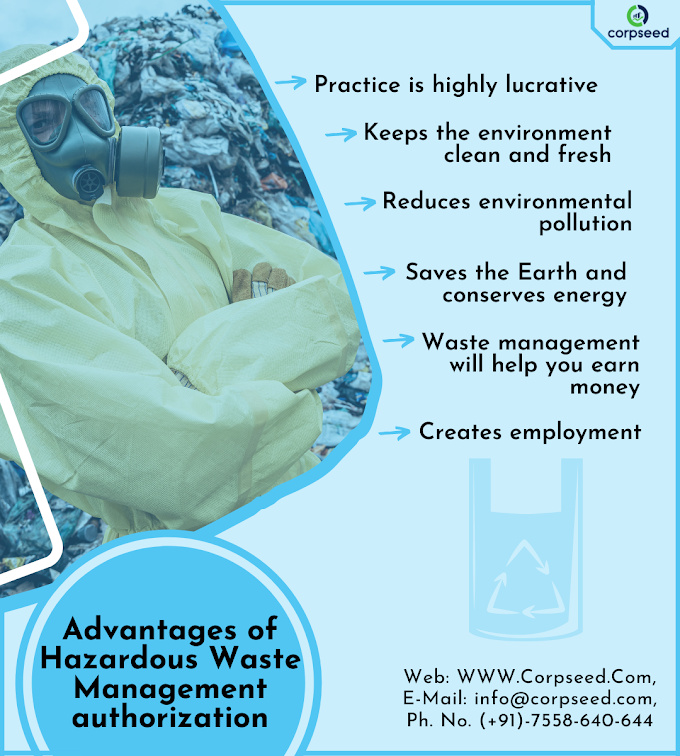The information and communication technology sector has seen unprecedented growth over the last decade worldwide. The growing penetration of electronics in everyday products and the adoption of electronics products by people has fueled this tremendous growth. Increased consumer demand has increased product innovation, shortening the life cycle of products. Over time, it has produced rapid amounts of electronic waste (e-waste).
E-waste is now the fastest
growing waste stream, accounting for about 70 percent of computer equipment,
followed by telecommunications equipment (12 percent), electrical equipment (8
percent), and medical equipment (7 percent).
E-waste, needless to say,
represents a huge environmental hazard. However, it also provides huge
opportunities for entrepreneurs willing to take the plunge. According to a
recent study by Assocham-Synectics, India is the fifth largest e-waste producer
and its e-waste generation is projected to grow by 30 percent annually to touch
5.2 million metric tons (metric tons) by 2020. The current level of 1.8 million
metric tons. This, in turn, represents a huge Business Opportunity In E-Waste Recycling.
This project report provides a
brief description of the requirements of the e-waste recycling business.
E-waste recycling process
E-waste recycling is highly
labor-intensive and involves many steps from waste collection to final
materials processing (Fig. 1) to obtain the desired recycled products or raw
materials for reuse.
business Economics
The e-waste business model
includes:
1. Franchise-Based Operation:
Waste Management as a franchise unit of a pre-established e-waste management
company
2. Self-owned operations: Waste
management through procurement of waste from various sources
The franchise model is suitable
for investors who are looking for a business opportunity with low investment
limits. In this model, the franchise unit can benefit from some of the parent
company's infrastructure. Therefore the need for CAPEX and OPEX is less
compared to self-owned business models. In a self-owned business model, the
entrepreneur is required to bear the entire investment cost himself.
It is not possible to provide an
economic analysis of the franchise model as it depends on the terms of the
agreement. However, there are specific requirements for starting a franchise
unit with a capacity to collect 60MT of e-waste product per year:
1. Investment: ₹
700,000-800,000
2. Area: 93-139 sqm (1000-1500 sq
ft)
Under the self-owned model, a
business unit capable of revenue generation is Rs 6.0–7.5 million per month (ie
processing at least 500 kg of e-waste per day) as given below:
Capital expenditures
1. Land: 1858sq.m (20,000 sq ft)
to begin with
2. Plant and machinery: Rs 3.5
crores
Operating expenses
Around 4 million rupees per month
Operating
expenses include:
¨ Human Resource Cost
¨ Cost of scrap
¨ Spending on utilities like electricity and water
¨ Logistics expenses
¨ Marketing Expense
¨ Spares and Consumables
¨ Contingencies
Detailed business economics,
approximate value against the aforementioned cost heads and prospect analysis
along with other possible cost heads, can be worked out on the calculation
based on the desired scale of operation, and the Bevan point (BEP) calculation.
Revenue calculation for recycling
1-ton personal computer (PC) e-waste
1. PC E-Waste: 1 ton
2. Number of PCs: 38 (assuming
that each PC weighs 28 kg)
Recovery of precious
platinum-group metals (PGMs) from PCBs is the main recycling revenue generator (see
Table III).
The PCB constitutes about 4
percent of a personal computer (PC).
The amount of PCB recovered from
a ton of PC waste = about 40 kg (0.04 tons)
Therefore, revenue generated from
one ton of PC waste = 3 1,463,379 × 0.04 = one 58,535
The income per kg of PC waste =
around ₹ 58
Thirty-five percent of waste PC
units are repaired and. It is rebuilt at the rate of 2500 per pc. Both these
assumptions are conservative. The remaining 65 percent is recycled as described
in scenario 1.
Hence the number of units
repaired = 13 (35 percent of the total number of units)
Total Resale Value = 13 2500 × 13
= ₹ 32,500
Total value of PGM = 65%
recycling. Retrieved from 38,047
Total revenue from one ton of PC
e-waste = + 32,500+ ton 38,047 =, 5 70,547
Revenue per kg of PC waste =
approximately of 70
So about 22 percent more revenue is generated from the repair and resale model.





1 Comments
Dispose your Laptop great price for your old device with no hidden charges, free returns & free data erasure, get paid for it! Please get more info on it disposal.
ReplyDelete